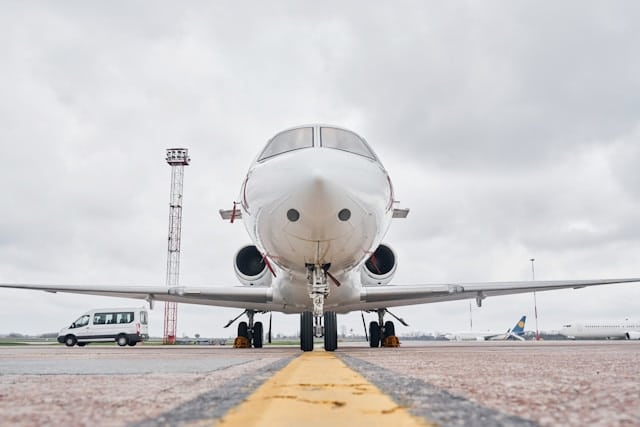Airports play a central role in the travel experience, especially for Australians flying long distances to international destinations. Whether departing from Sydney or transiting through Singapore, knowing what to expect can save time, reduce stress, and enhance your journey.
This guide outlines what Australians need to know about major international and regional airports in 2025—from navigating terminals and customs procedures to choosing stopover-friendly hubs and accessing essential services while in transit.
Key International Airports for Australians
Australians travelling abroad often pass through major international gateways in Asia, the Middle East, and Europe. These airports offer efficient connections, excellent amenities, and services tailored for long-haul passengers.
-
Singapore Changi Airport is a popular transit point for Australians heading to Europe or Southeast Asia. Known for its gardens, cinemas, and smooth immigration process, it ranks among the world’s top airports.
-
Dubai International Airport is a major hub for flights between Australia and Europe, Africa, and the Middle East. With 24-hour operations and luxury lounges, it supports both economy and business-class travellers.
-
London Heathrow Airport serves as a key European entry point. With five terminals and complex transport links, planning ahead is essential.
Other notable international airports for Australian travellers include Auckland Airport in New Zealand, ideal for Trans-Tasman routes, and Phuket and Bali airports, which are common holiday destinations.
Departing from Australia: What to Expect at Home Airports
Australia’s major international airports—located in Sydney, Melbourne, Brisbane, and Perth—offer modern facilities, efficient customs processing, and a variety of shops and services. All international departures require passengers to pass through security, outbound immigration, and carry valid passports and travel documents.
In 2025, many Australian airports have adopted biometric boarding, contactless check-in, and real-time flight updates through dedicated apps. Travellers should plan to arrive 2–3 hours before international departures to allow enough time for check-in, security screening, and border control procedures.
While lounges and dining options are available, some services may vary depending on the terminal and airline. It’s advisable to check baggage limits, visa requirements, and travel restrictions before leaving home.
Airport Services and Amenities
Most major airports offer a range of services to support both short-term travellers and those on extended stopovers. Depending on the location, you’ll find:
-
Free and premium Wi-Fi access
-
Airport lounges (with paid or business-class entry)
-
Currency exchange and ATMs
-
Sleeping pods or transit hotels
-
Showers and rest areas
-
Dining options, from fast food to fine dining
-
Transportation connections (rail, metro, taxis, rideshare)
-
Luggage storage and porter services
Some airports also feature on-site medical clinics, children’s play zones, and wellness centres. Travellers with long layovers should research terminal maps and amenities in advance to make the most of their time.
Tips for a Smooth Airport Experience in 2025
Here are some key recommendations for Australians navigating domestic and international airports:
-
Check in online and download your airline’s app for flight updates
-
Carry print and digital copies of your passport, visa, and health documents
-
Use express lanes or smart gates where available for quicker processing
-
Pack essentials (chargers, medication, snacks) in your carry-on
-
Consider lounge access for long layovers or overnight transits
-
Research airport transport options in advance, especially for late-night arrivals
-
Allow extra time during peak travel seasons and holidays
For more airport and travel advice, visit the Remitly Travel Blog.
FAQ: Airports and International Travel from Australia
1. How early should I arrive at the airport for an international flight?
Plan to arrive at least three hours before departure for international flights to allow for check-in, security, and immigration.
2. Can I use Australian dollars at international airports?
Most international airports accept local currency, so it’s best to exchange AUD or use an international card for purchases.
3. Do I need a visa to transit through airports like Dubai or Singapore?
For most Australians, short layovers in these airports do not require a visa, but you should confirm based on your full itinerary.
4. Are airport lounges worth the cost?
Lounge access can be useful for long layovers, offering food, Wi-Fi, showers, and a quiet place to rest. Some allow paid entry.
5. Can I sleep at the airport during a layover?
Yes, many international airports allow overnight stays and provide sleeping areas or transit hotels, though comfort varies by airport.
